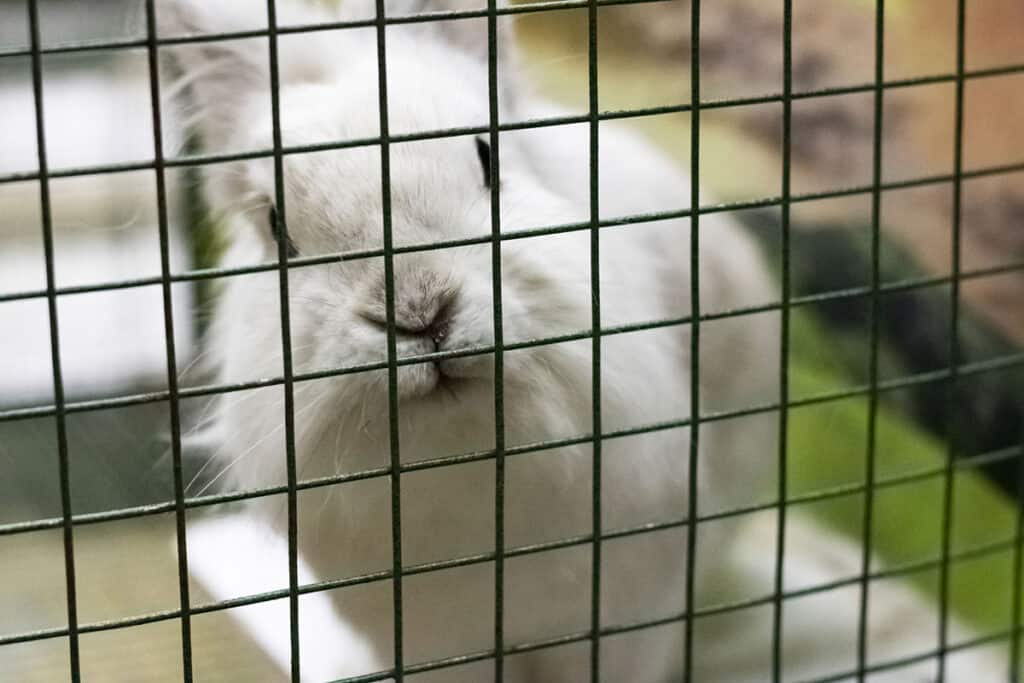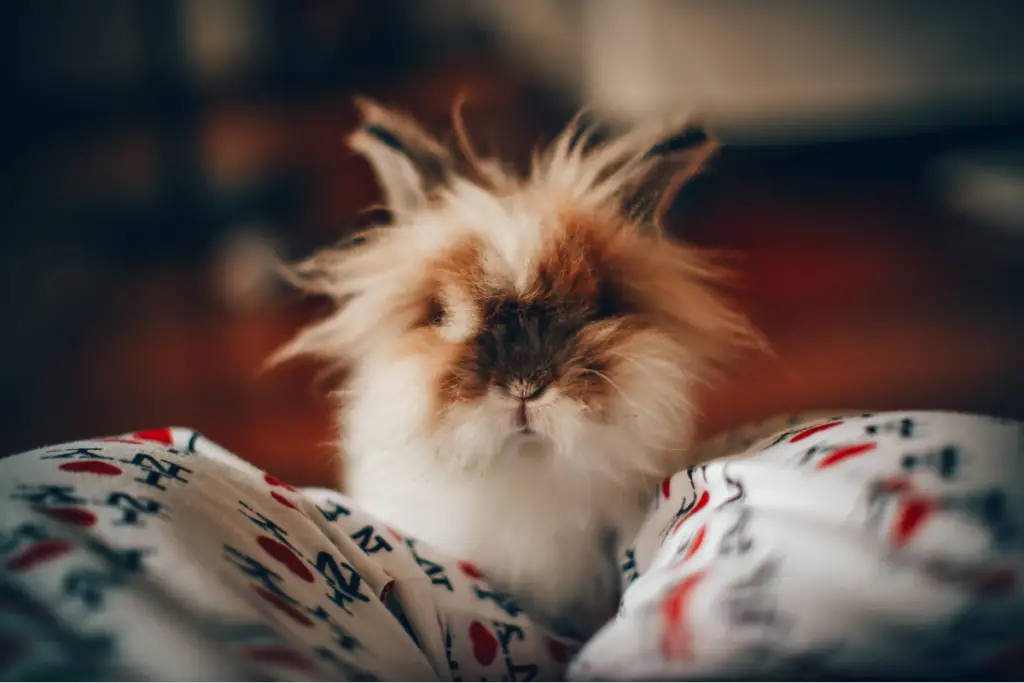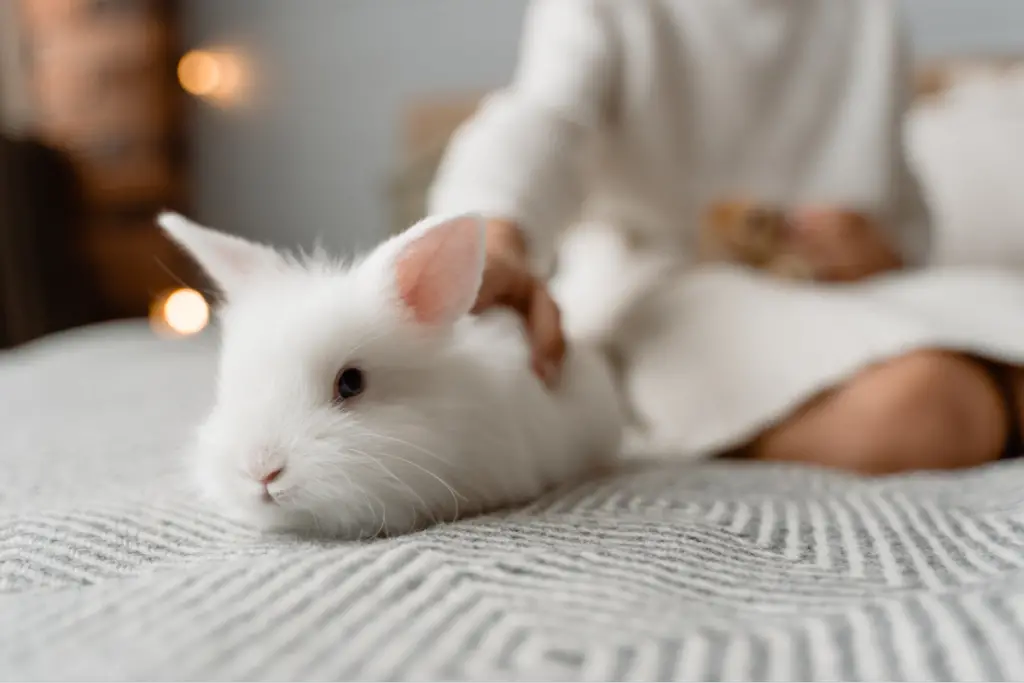Most pet owners don’t stop to think about the details surrounding their bunny’s home. However, this is a vital part of correct rabbit care that can’t be ignored. Incorporating the wrong setup can lead to severe problems, health issues, maladjusted and ill-behaved bunnies, and in some cases, fatality.
We wish to help pet owners prevent any of these scenarios from occurring, which is why we have developed this guide. Our goal is to help you create the best and healthiest environment for your bunny by including advantageous extras to your rabbit’s playpen.
The Perfect Setup of a Bunny Playpen
Here are some of the most important considerations that you should make when including different elements to make the perfect playpen set up for your rabbit:
1. Choosing the Right Pen
The rabbit playpen you ultimately purchase should be large. The more you anticipate using this space and keeping your bunny confined in it, the bigger it needs to be. This playpen should be tall enough to allow your rabbit to stand on its hind legs and browse around.
Additionally, you should offer an animal pen that provides your bunny with a minimum of three bunny hops in every direction. This size playpen would be suitable when confining your rabbit at night while the family is asleep. However, you might wish to increase this size if you plan on keeping your bunny in this area for longer periods.
Most pet owners choose to purchase dog playpens if their rabbit is going to spend significant amounts of unsupervised time in this space. These are an excellent addition because the wide space offered from one of these doggy playpens gives the rabbit the space to move around freely while being in a safe environment.
2. Selecting the Right Placement
The placement you choose for this pet playpen is crucial. Pet rabbits are categorized as house pets, which means that their playpens should be placed in your home. Oftentimes, pet owners place these pens in their shed, garage, or yard, which isn’t recommended.
There’s no doubt that rabbits are messy creatures and these areas for your pet bunny need frequent cleaning. However, these animals are also incredibly social and are known to whither when they are isolated.
Furthermore, these animals are intolerant to hot climates and are subject to numerous outdoor parasites including ticks and fleas. Thus, it’s highly recommended that you keep your rabbit in a playpen that’s situated in a heavily trafficked area of your home where they are part of your family’s daily activities.
3. Including Accessories
Your imagination is the only limiting factor when it comes to accessorizing your rabbit’s playpen. These toys aren’t required to be expensive. However, these various accessories should be rotated regularly, as this is going to help keep your bunny engaged and interested.
There are many simple options that you can include such as, toilet paper rolls stuffed with hay or cardboard boxes featuring cutouts. Not to mention, rabbits love pesticide-free branches that have been cut off from apple trees.
When it comes to including accessories in your pet’s playpen, it’s always encouraged to see what your bunny likes. However, it’s vital that you don’t put any items that shouldn’t be eaten. This is because rabbits have the reputation of shredding and consuming any toy they can get their paws on.
4. Feeding Your Pet Rabbit
Bunnies are known for being eating machines. All wild rabbits do each day is munch on whatever they can find. This can also be the case for your pet rabbit. Eating helps your pet grind their teeth into the correct alignment and offers environmental enrichment and mental stimulation.
You might be asking what should you include in your bunny enclosure for them to snack on. A common misconception is that rabbit pellets are necessary for your bunny. Many vets believe this food to be unhealthy for your pet.
However, hay is an excellent addition to your pet’s playpen. Leafy vegetables like cilantro, parsley, dandelion, kale, and romaine are excellent options. Finally, fresh water is vital for a healthy rabbit. You should include a chew-free water bowl to ensure that they have access to water without destroying the device that’s offering them this liquid.
5. Sleeping Areas
Bunnies are relatively flexible when it comes to their sleeping habits. Watching your rabbit closely helps you identify what they prefer in these sleeping areas. Some rabbits like boxes filled with hay while others enjoy curling up with old sheets and towels.
You must watch your bunny to ensure that they aren’t eating anything that they shouldn’t. This is especially the case if you’re including cloth where they are sleeping.
6. Potty Areas
Some rabbits can readily train to use a litter pan while others are more stubborn. You should observe to see what corner of the enclosure your rabbit is more drawn to when it comes to using the toilet.
Oftentimes, they’re quickly trained by choosing a corner of their own liking then you determining it for them. Low-sided pans work great in defining this potty area once your rabbit has found a corner they prefer.
Wrapping It Up
It’s typically recommended to place the feeding and water areas at one end of the enclosure while having the toilet space at the opposite end. The middle of this playpen can be reserved for sleeping and play.
Once the additional accessories have been included, you should also try to maintain enough room in this space for your bunny to hop around. This helps you develop a comfortable and safe environment for your rabbit while making sure they remain healthy and happy.



